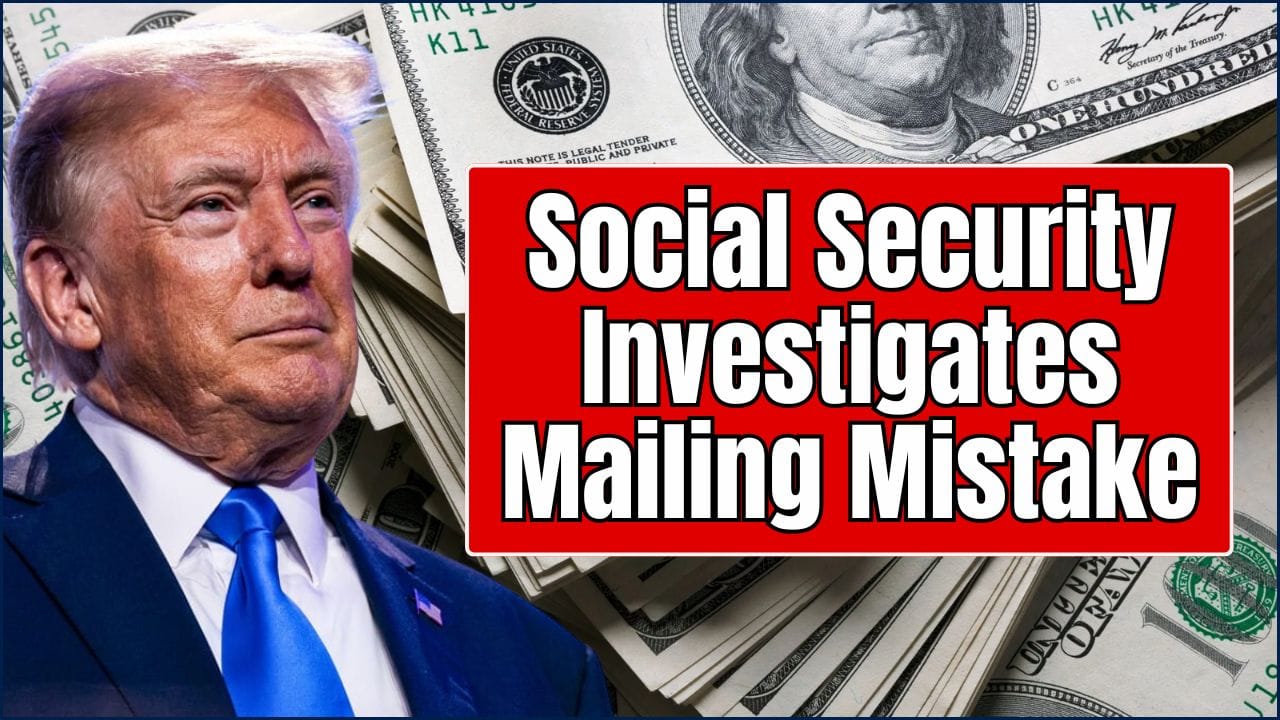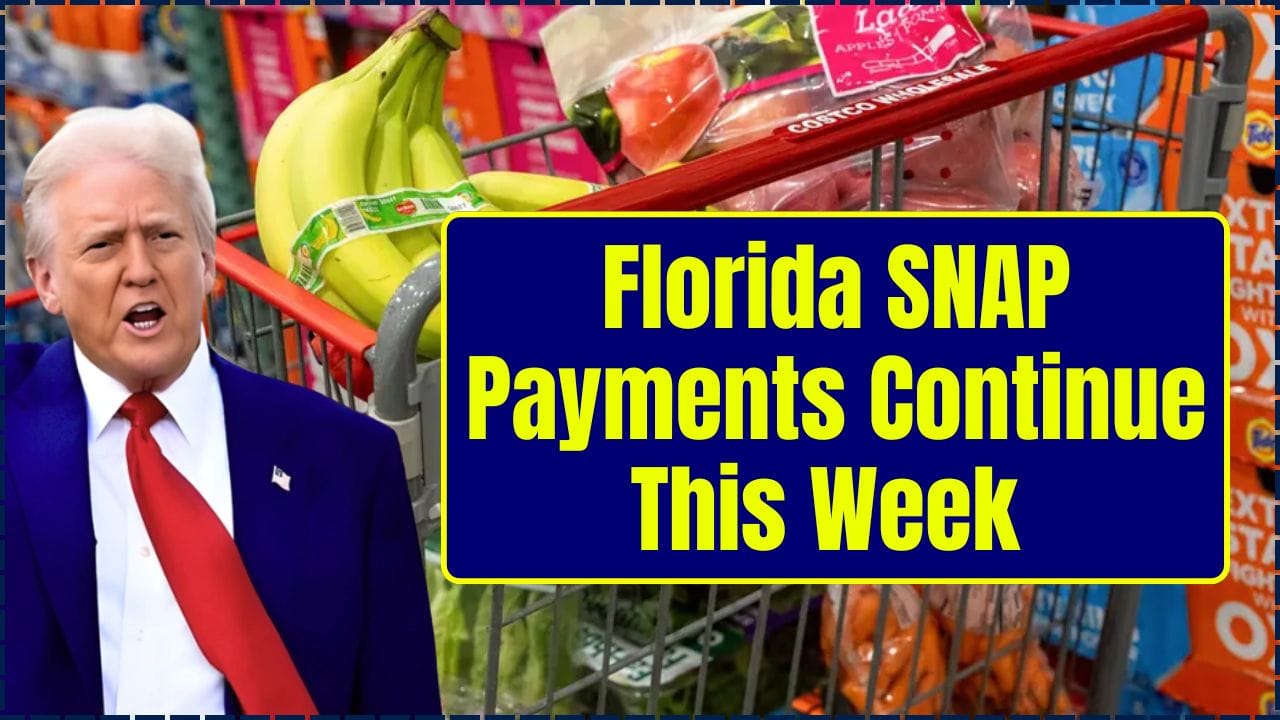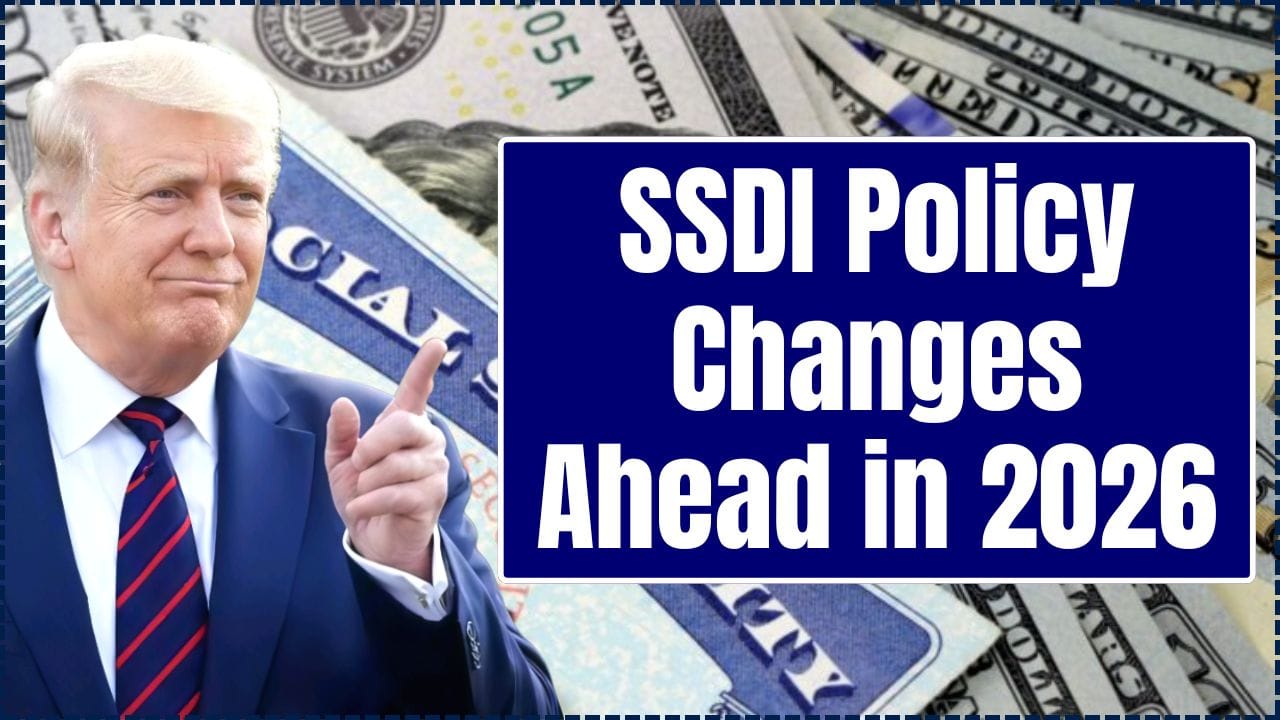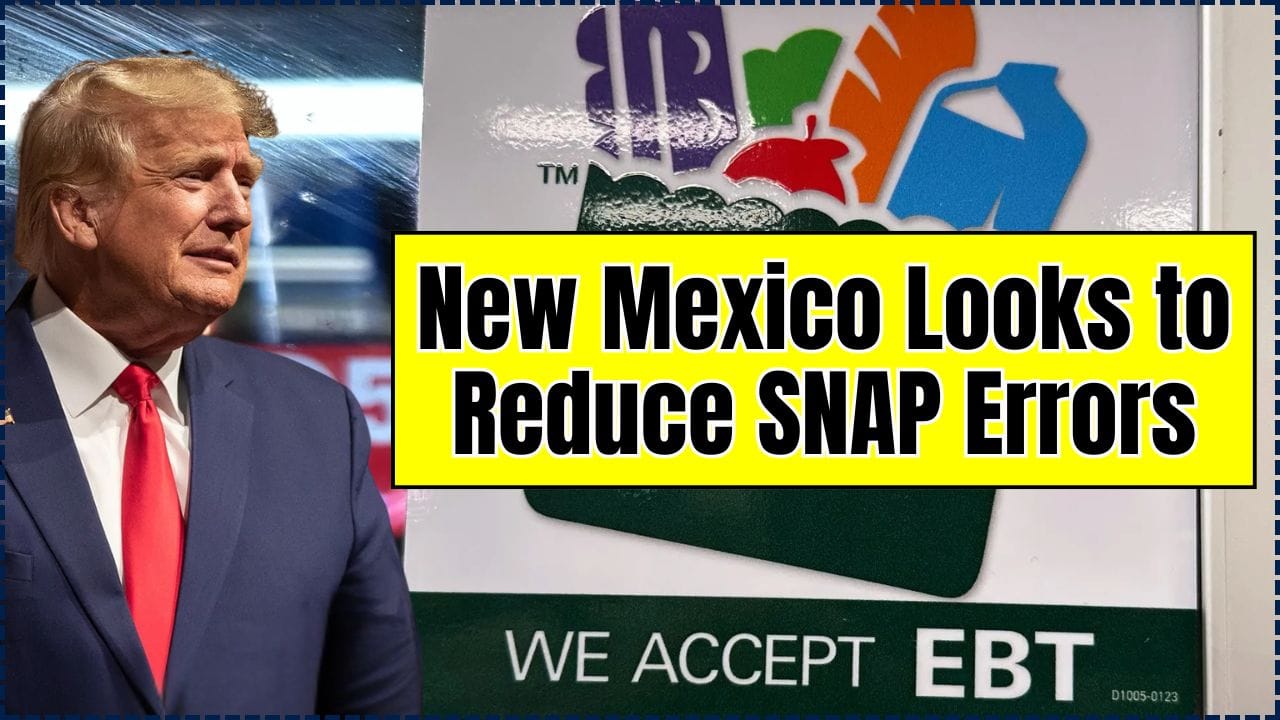Embarking on the Fulbright U.S. Student Program 2026 application is an exciting first step toward a life-changing year of international exchange. It’s a journey that can feel both prestigious and daunting. You’re likely dreaming of conducting research in a foreign archive, teaching English in a bustling city, or pursuing a master’s degree at a renowned international university. This guide is designed to demystify the process, transforming your ambition into a compelling, polished application. We’ll walk you through everything from eligibility to crafting essays that truly shine, giving you the clarity and confidence to succeed.
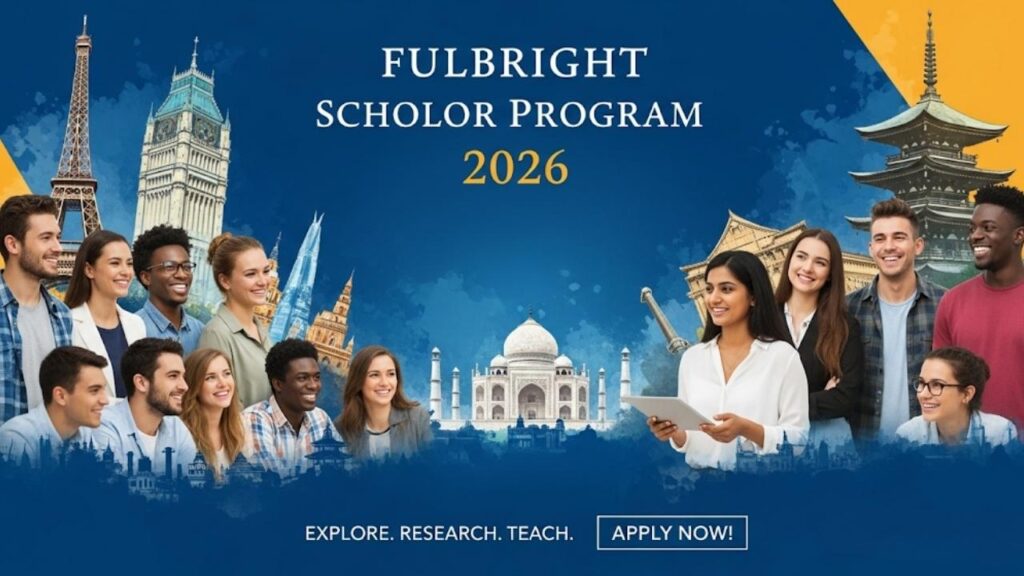
Fulbright U.S. Student Program 2026
| Key Fact | Detail |
| Program Mission | To foster mutual understanding between nations through educational and cultural exchange. U.S. Department of State |
| Award Types | Study/Research Awards, English Teaching Assistant (ETA) Awards, and specialized grants. Fulbright U.S. Student Program |
| Typical Applicant Profile | Recent graduates, master’s and doctoral candidates, and young professionals from all backgrounds. |
| National Deadline | Typically early October of each year. For the 2026-2027 cycle, expect the deadline in October 2025. |
What Exactly Is the Fulbright U.S. Student Program?
First, let’s clear up a common point of confusion. While the overall initiative is often called “Fulbright,” there are distinct programs. The Fulbright Scholar Program is for experienced academics, faculty, and professionals. This guide focuses on the Fulbright U.S. Student Program, designed for graduating seniors, recent bachelor’s degree holders, master’s and doctoral candidates, and young professionals.

Sponsored by the U.S. Department of State, it’s the largest U.S. international exchange program, offering opportunities in over 140 countries. At its heart, Fulbright isn’t just about funding your project; it’s about making you a cultural ambassador. Fulbrighters are expected to engage with their host communities, share American culture, and bring a piece of their host country’s culture back to the United States. It’s a mission of person-to-person diplomacy.
Are You Eligible? Checking the Boxes
Before you dive into the application, you need to ensure you meet the fundamental criteria. While specific requirements can vary slightly by country, the core Fulbright eligibility requirements are universal.
Core Eligibility Requirements
- U.S. Citizenship: You must be a U.S. citizen at the time of application. Permanent residents are not eligible.
- Bachelor’s Degree: You must have a bachelor’s degree or its equivalent by the start of the grant. This means current undergrads can (and should!) apply in the fall of their senior year.
- Academic Standing: You’ll need a strong academic record, but there is no minimum GPA requirement. The program evaluates your entire profile holistically.
- Health: You must be in good health. Grantees are required to submit a satisfactory Medical Certificate of Health from a physician.
- Language Skills: For many countries, you don’t need to be fluent in the local language for an English Teaching Assistant (ETA) grant. However, for Study/Research awards, language proficiency often ranges from recommended to required, depending on the country and the nature of your project. Be sure to check the specific requirements for your desired host country.
What Fulbright Seeks Beyond the Basics
Meeting the minimums is just the starting point. Successful applicants demonstrate a blend of qualities that align with the Fulbright mission. Think of it as showing you have the “Fulbright DNA.” These qualities include:
- A clear and feasible project proposal or a strong motivation for teaching English.
- Demonstrated leadership skills and the potential to be a cultural ambassador.
- Adaptability, resilience, and curiosity about your host country.
- A genuine desire to engage with and learn from the local community.
Crafting a Winning Application: The Core Components
Your application is a portfolio of your achievements, potential, and personality. The two essays are where you truly have the chance to make your case directly to the selection committee.
The Statement of Grant Purpose
This two-page essay is the intellectual core of your application. It’s your project’s blueprint. Whether you’re proposing a research project or applying to be an ETA, your goal is to be specific, clear, and convincing.
For Study/Research Applicants
- What will you do? Clearly state your research question and objectives.
- Where and how? Detail your methodology, timeline, and the resources you will use in the host country.
- Why there? Justify why your project must be conducted in that specific country.
- Who will help? You must secure a letter of affiliation from a university or organization in the host country. This proves your project is welcome and feasible.
For English Teaching Assistant (ETA) Applicants:
- Why you? What experiences have prepared you to teach English and be a cultural ambassador in a classroom setting?
- What will you bring? Showcase your leadership, communication skills, and ideas for engaging with students.
- What will you do outside the classroom? Propose a community engagement project, like a club or workshop, to show how you’ll connect with the local community.
The Personal Statement
This one-page essay is your chance to tell your story. It’s less about what you want to do and more about who you are and why you’re drawn to this experience. A powerful Fulbright statement of purpose (often used interchangeably with Personal Statement in this context) should:
- Weave a narrative: Connect your personal history, experiences, and motivations to your choice of country and the Fulbright mission.
- Show, don’t just tell: Use specific anecdotes and examples to illustrate your adaptability, curiosity, and ambassadorial potential.
- Look forward: Explain how a Fulbright grant will shape your future academic or professional trajectory and how you will share your experience upon returning to the U.S.
Letters of Recommendation: Choosing Your Champions
Your letters of recommendation provide an external validation of your skills and potential. Choose your recommenders wisely.
- Ask Early: Give your recommenders at least one month’s notice before the deadline.
- Choose a Mix: Ideally, you want a mix of professors who can speak to your academic abilities and others (like supervisors or mentors) who can attest to your character, leadership, and suitability for the grant.
- Equip Them: Provide them with your essays, resume, and the award description. Have a conversation with them about your project and why you’re passionate about Fulbright. The better they understand your vision, the stronger their letter will be.

I’ve seen many successful applicants cultivate relationships with professors over time, making the ask for a letter a natural step in their academic journey.
The Final Stretch: Putting It All Together
The Fulbright application tips boil down to this: start early, be authentic, and be meticulous. The application is a marathon, not a sprint. Spend the summer drafting your essays, securing your affiliation letter, and communicating with your recommenders. Most universities have a campus Fulbright Program Advisor (FPA) who can provide invaluable feedback before the national deadline in October.
Pursuing a Fulbright is a significant undertaking, but it is an unparalleled opportunity for personal and professional growth. You are not just applying for a grant; you are applying to join a global community of leaders, thinkers, and changemakers. Take a deep breath, trust your story, and begin.
Your Ultimate Guide to the Abdullah Gül Chevening Fellowship 2026
Your Complete Guide to the Universität Hamburg Merit Scholarship 2025
FAQs
Q1:What’s the difference between an ETA and a Study/Research award?
The English Teaching Assistant (ETA) program places you in a classroom abroad to assist local English teachers. The Study/Research award funds a specific, self-designed academic project you conduct in the host country, or allows you to enroll in a graduate program.
Q2:Can I apply to more than one country or for more than one type of award?
No. You may only apply to one country and for one type of award per application cycle. This is why it’s crucial to research countries and award types thoroughly to find the best fit for your goals and qualifications.
Q3:Do I need to be enrolled in a university to apply?
No. While many applicants apply through their university’s fellowship office during their senior year, you can also apply as an “at-large” candidate after you have graduated. The key is to have a bachelor’s degree by the start of the grant period.


